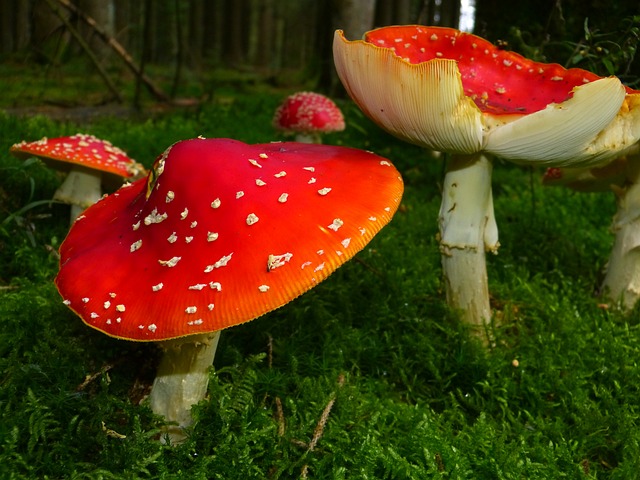Revitalize Your Skin: The Anti-Aging Benefits of Topical Probiotics
When it comes to skincare, many of us are constantly searching for the latest and greatest products that promise youthful and radiant skin. While there are countless creams, serums, and treatments available on the market, one emerging trend in skincare is the use of topical probiotics.
Probiotics, often referred to as “friendly bacteria,” are well-known for their positive effects on gut health. However, recent research suggests that these beneficial microorganisms can also work wonders when applied topically to the skin.
The Science Behind Topical Probiotics
Our skin is home to trillions of bacteria, both good and bad. When the balance of these bacteria gets disrupted, it can lead to various skin issues, including dryness, inflammation, and premature aging. This is where topical probiotics come into play.
Applying probiotics directly to the skin helps replenish and restore the natural balance of bacteria. These beneficial bacteria act as a protective shield, strengthening the skin’s barrier function and reducing the damage caused by harmful environmental factors such as pollution and UV radiation.
Research has shown that topical probiotics can:
- Strengthen the skin’s natural defenses
- Improve hydration and moisture retention
- Reduce inflammation and redness
- Boost collagen production
- Minimize the appearance of fine lines and wrinkles
The Anti-Aging Benefits
One of the main reasons people turn to topical probiotics is their anti-aging properties. As we age, our skin loses its natural ability to produce collagen, a protein responsible for maintaining skin elasticity and firmness. This leads to the formation of wrinkles, fine lines, and sagging skin.
Topical probiotics have been found to stimulate collagen synthesis, promoting a more youthful complexion. By strengthening the skin’s foundation, these beneficial bacteria help reduce the visible signs of aging and improve overall skin texture.
Additionally, probiotics have been shown to accelerate wound healing and repair damaged skin. Whether it’s a sunburn, acne scars, or age spots, the application of probiotics can help minimize the appearance of these imperfections, giving you a smoother and more even-toned complexion.
How to Incorporate Topical Probiotics into Your Skincare Routine
To harness the anti-aging benefits of topical probiotics, it’s essential to choose products that contain live and active cultures. Look for skincare items with probiotic strains like Lactobacillus and Bifidobacterium.
You can incorporate topical probiotics into your skincare routine in several ways:
- Probiotic Cleansers: Start by washing your face with a probiotic cleanser to remove impurities while promoting a healthy skin microbiome.
- Probiotic Serums: Apply a probiotic-enriched serum to deliver a potent dose of beneficial bacteria deep into the skin.
- Probiotic Moisturizers: Finish off with a probiotic moisturizer to nourish and hydrate the skin, maintaining its barrier function.
- Probiotic Masks: Treat yourself to a probiotic mask once or twice a week to give your skin an extra boost of rejuvenation.
It’s important to note that topical probiotics work best when used in combination with a healthy skincare routine, including proper cleansing, sun protection, and a balanced diet. Consistency is key to achieving noticeable results.
Conclusion
The emerging trend of incorporating topical probiotics into skincare routines is backed by scientific evidence. These beneficial bacteria offer a range of anti-aging benefits, from reducing the appearance of wrinkles to improving overall skin texture.
If you’re looking to revitalize your skin and achieve a youthful glow, consider giving topical probiotics a try. Remember to choose products with live and active cultures, and incorporate them into your daily skincare routine for the best results.







